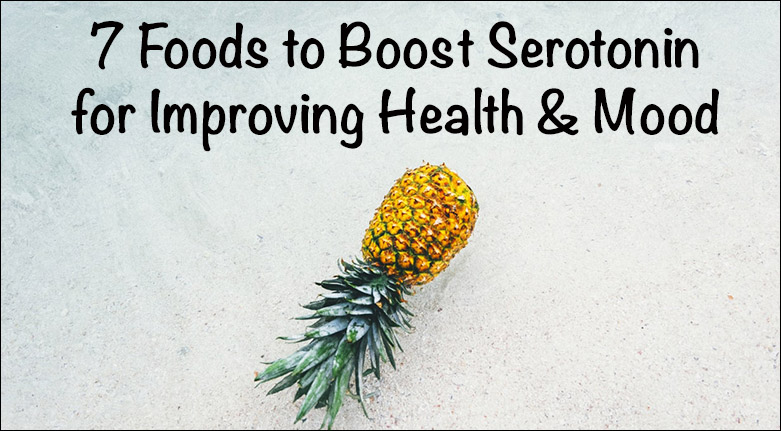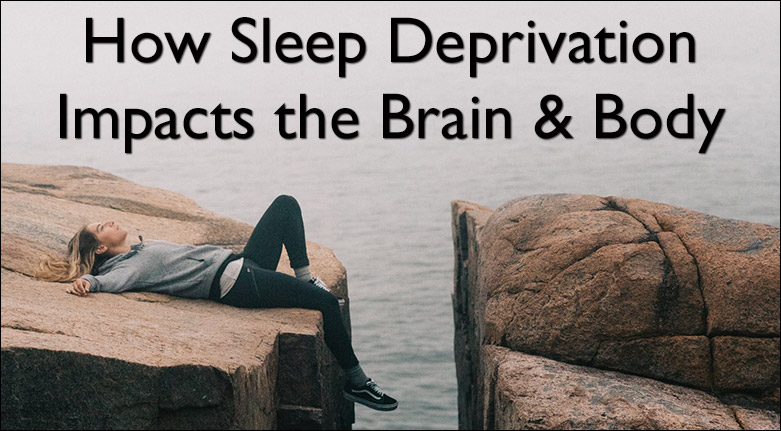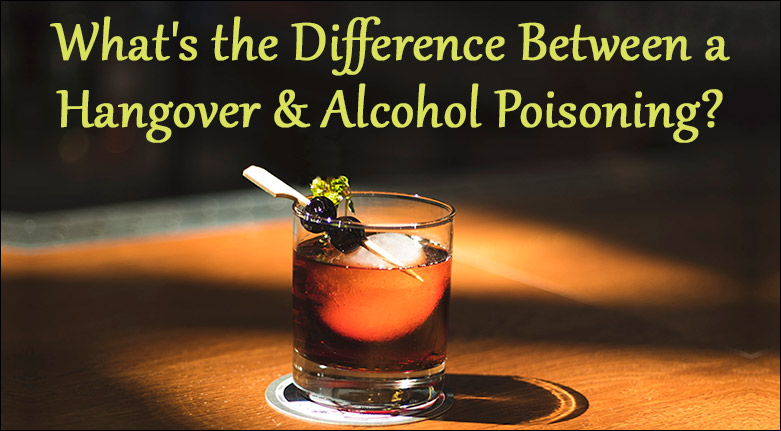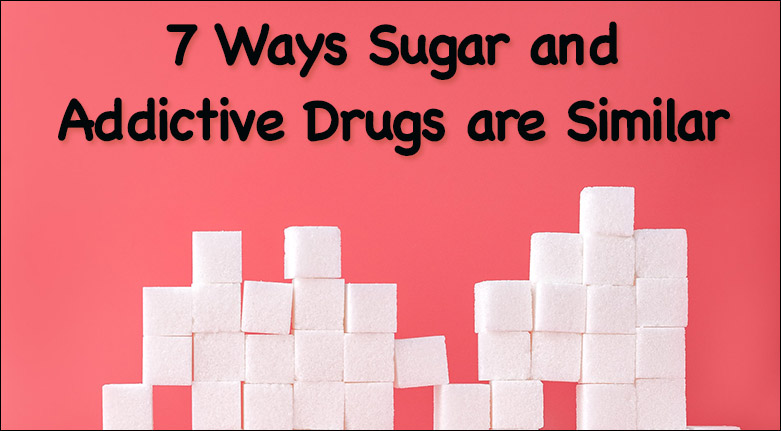Austin Lutz BA, BCN Certified, Deborah Whitney BSBA
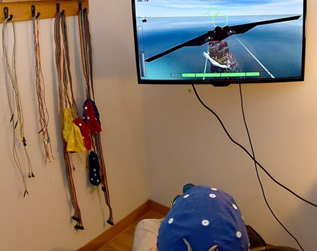
Richard 38, had gone to twelve addiction treatment programs and failed every one of them. He really wanted to quit. He went to AA but was so impulsive he was unable to stop himself from drinking. When he had his brainwaves analyzed using Quantitative Electroencephalography (qEEG) it revealed abnormal activity in an area called the prefrontal cortex, which is involved in impulse control.
The qEEG analysis of his electrical patterns in the brain (neurophysiology) was compared to a normative neurological database based on age and gender resulting in a personalized “Brain map.” This showed where the brain was having trouble communicating and functioning properly.
For Richard, the abnormal activity in the prefrontal cortex, or the part of the brain where the brakes, or pause button (the inhibitory functions) are applied wasn’t working for his decision making. This made it impossible for him to stop engaging in risky or unhealthy activities.
After seeing his brain, Richard remembered he had blacked out after a bad fall in a skateboard accident in high school and in college he had whiplash from a car accident. Because of this, the part of his brain that was supposed to keep his behavior in check wasn’t functioning optimally. The underlying problem in his brain’s prefrontal cortex was the primary reason Richard couldn’t get any real benefit from a recovery program.
Only through harnessing the power of neuroplasticity by utilizing different neuromodulation techniques did his brain learn to self-regulate, rewire and reconnect. In Richard’s case after repetitive 19 Channel Neurofeedback and TMS treatment for Resistant Depression, the brain began to respond and the cognitive function improved. Richard could successfully engage in talk therapy and he finally became sober and stopped drinking.
Addiction is a chronic brain disorder and not simply a behavior problem involving alcohol, drugs, gambling or sex, experts contend in a new definition of addiction. There is also evidence that brain injury can increase drug or alcohol use in people that had no histories of significant substance use prior to the injury.
Brain mapping reveals how toxic exposure from drugs and alcohol negatively impact the brain and how it plays a vital role in your ability to live your best life.
“At its core, addiction isn’t just a social problem or a moral problem or a criminal problem. It’s a brain problem whose behaviors manifest in all these other areas,” said Dr. Michael Miller, past president of ASAM who oversaw the development of the new definition. “Many behaviors driven by addiction are real problems. But the disease is about brains, not drugs. It’s about underlying neurology, not outward actions.”
The brain is your supercomputer, it is involved in everything you do. Moreover, it plays a central role in your vulnerability to addiction and your ability to recover and maintain sobriety. When your brain works right, your life works right; and when your brain is in trouble, you are much more likely to have trouble in your life.
Common symptoms of traumatic Brain Injury (TBI) and substance abuse include:
- Risk of migraines, seizures, balance issues, lack of coordination and memory functions
- Problems with impulsivity, a lack of inhibition, poor decision-making skills and executive function
- Increased irritability, anger, and emotional distress
- Higher probability of mental health issues, such as depression, anxiety, or post-traumatic stress disorder (PTSD)
- After a head injury (TBI), medications, drugs or alcohol may have a much more powerful effect, creating a cycle of physical and psychological difficulties that inhibit recovery.
It is also helpful to recognize how underlying brain dysfunction can be categorized into addiction prone brain patterns. The Amen Clinic described these patterns to help you recognize if you are suffering from underlying brain dysfunction and how these problems may have made recovery from addiction and mental health unobtainable. Below are a few examples of addiction brain patterns.
Compulsive Addicts
- Have trouble shifting their attention and tend to get stuck on impulsive thoughts.
- The voice keeps repeating in their head.
- They are locked into one course of action and have difficulty seeing options.
Impulsive Addicts
Have trouble with impulse control.
This can be seen on brain mapping as abnormal activity in the prefrontal cortex, this effects;
- Judgment
- Impulse control
- Planning
- Follow through
- Decision making
- Paying attention
When the prefrontal cortex does not have enough blood flow or the proper electrical patterns, people are easily distracted, bored, inattentive and impulsive. This is seen in conjunction with ADD/ADHD.
Anxious Addicts
Tend to predict the worst and may be excessively isolating and easily upset. On the brain map we see this as too much activity in the basal ganglia. People with this kind of problem use alcohol, marijuana, painkillers, sleeping pills or food to medicate underlying feelings of:
- Anxiety
- Tension
- Nervousness
- Fear
- People who have this also suffer from physical symptoms of anxiety such as:
- Muscle tension
- Headaches
- Stomach aches
- Nail biting
- Heart palpitations
- Shortness of breath
Temporal Lobe Addicts
Often have head injury in their history. Brain Map findings show decreased activity in the temporal lobes, although sometimes we also see excessive increased activity. Their problems include mood and learning issues like:
- Temper
- Mood swings
- Learning problems
- Memory problems
- Sleep problems
The good news is that 21st century neuroscience has the advanced technology to help correct the problems that are driving the unwanted behaviors. Two decades of advancements in neuroscience convinced ASAM officials that addiction should be redefined by what’s going on in the brain. Brain circuitry governs impulse control and judgment and is altered in the brains of addicts, resulting in the nonsensical pursuit of “rewards,” such as alcohol and other drugs.
Pure Recovery California’s integrative, medically holistic cutting-edge neuroscience program, rewires and reconnects the brain through neuroplasticity and neuromodulation training to restore the brain to optimal self-regulation and peak performance.
As the brain learns to self-regulate and make new connections, the behavioral symptoms and side effects of addiction and mental health issues such as addiction, depression, anxiety, and PTSD are improved or remediated.
By collecting data with highly specialized software that measures brain activity, we can examine the structure, function and physiology of the brain to create personalized protocols that restore the brain to normal functioning, even years after an injury occurs.
If you would like to find out more Pure Recovery California’s Neuroscience Addiction Recovery Program or if you would like a no cost assessment please contact Pure Recovery California at 800-714-0340. Pure Recovery California 4300 Tradewinds Drive Ste 101 Oxnard, CA 93035 www.purerecoveryca.com
All information on “types of addicts” gathered from Amen Clinics. Retrieved from Amen Clinics
All information from ASAM gathered from http://www.nbcnews.com/id/44147493/ns/health-addictions/t/addiction-now-defined-brain-disorder-not-behavior-issue/#.XiZ1uy2ZNN0



